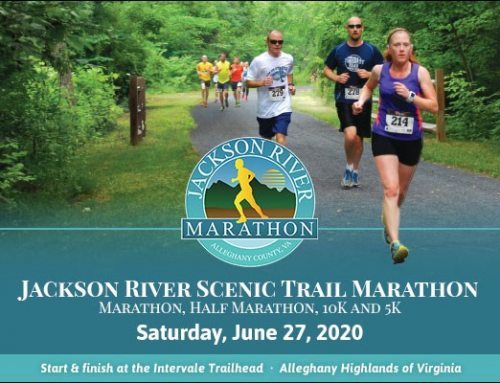By Bryan Diaz
When people delve into endurance-based sports, they often pick out an event or race that they target for the finished product. They may seek the Internet for a training plan that lasts a set period of time and is generically printed for all abilities to view. Some of the more specific plans, the ones that cost a nominal fee, will suggest some times and goals that are a bit more focused on what you can achieve. While some of these are good, the best coach or plan you will ever find is within yourself.
In your training regimen, specifically the races at shorter distances like the 5k or less, I’m sure your coach or plan uses a good blend of short- to medium-distance runs and track sessions followed by a set rest period that you may repeat several times. Many have tempo runs built in and some may even have a recovery run following a particularly difficult training day. While almost all the plans will have variations of these types of runs, they should all have a goal of each day. Wasted miles are just that – wasted. Time you can’t get back, and worst of all, time you may actually be using to get slower.
Basic muscle physiology and studying the different energy systems at use leads us to discussions of muscle fibers and aerobic versus anaerobic systems. Most endurance athletes are already looking to increase the use of their slow-twitch “type I” muscle fibers that increase their ability to process oxygen and generate fuel for performance. What many need to remember is when you train for shorter races like the 5k and for many even the 10k, your body will need to utilize some fast-twist “type IIa” muscle fibers. These are trained the most effectively with running distances that are quite a bit shorter than 3 miles and follow a good blend of hard effort followed by easy. One of my favorite workouts for this is hard for 3 minutes, easy for 2 minutes, repeat 8 times after a good warm-up.
The farther the event goes, the fewer fast- twitch “type IIa” muscle fibers are used and an even greater concentration should be placed on training the slower twitch “type I” muscle fibers. Some plans take this into consideration and many are formed under a traditional periodization model with phases for conditioning, racing, recovery and transition.
There is a less popular model that is just as effective when used on the right individual. It is known as the inverted periodization model. The intensity of this model is much higher and some people may get injured if not properly conditioned. Similar to the traditional model, it too has phases, but the blocks are not as long and you cycle through much quicker, focusing on neuromuscular demands and power, strength and ultimately speed developments.
Regardless of what program you pick to get you to the event that you are training for, make sure you consider the distance, your availability schedule to feasibly train, and past injuries that you want to prevent. The trick is being able to balance what your coach or online plan is telling you with listening to your body and how it responds and making adjustments.
Good coaches are integral at seeing and understanding an athlete’s needs, propensity for injury, need for rest, and need to push harder. Progress is made, and even as we age, many of us are able to continue to PR at distances that we race at every year. While some of you have access to this type of inter- action with a coach, others need to learn how to tackle some of the more basic training to maximize your time, minimize injury and ultimately get better at the events and distances you are racing.
Brian Diaz is the head physical therapist and sports specialist at ActivEdge Fitness & Sports Performance. He is a Level II Certified TRX Suspension Trainer and a USA Triathlon Certified Coach. Follow him on Twitter (@JediTriathlete) or go to his website at ExperienceTheEdge.com for more exercise ideas.






